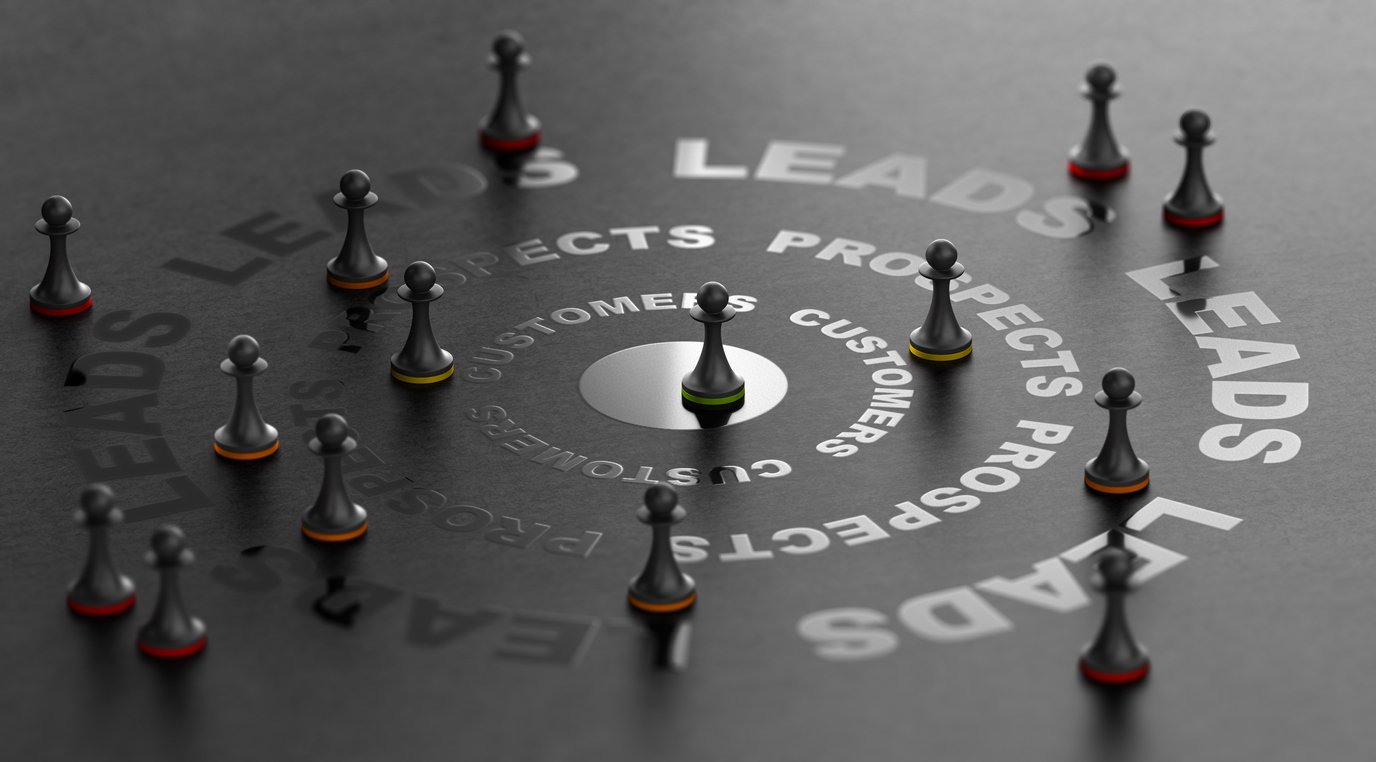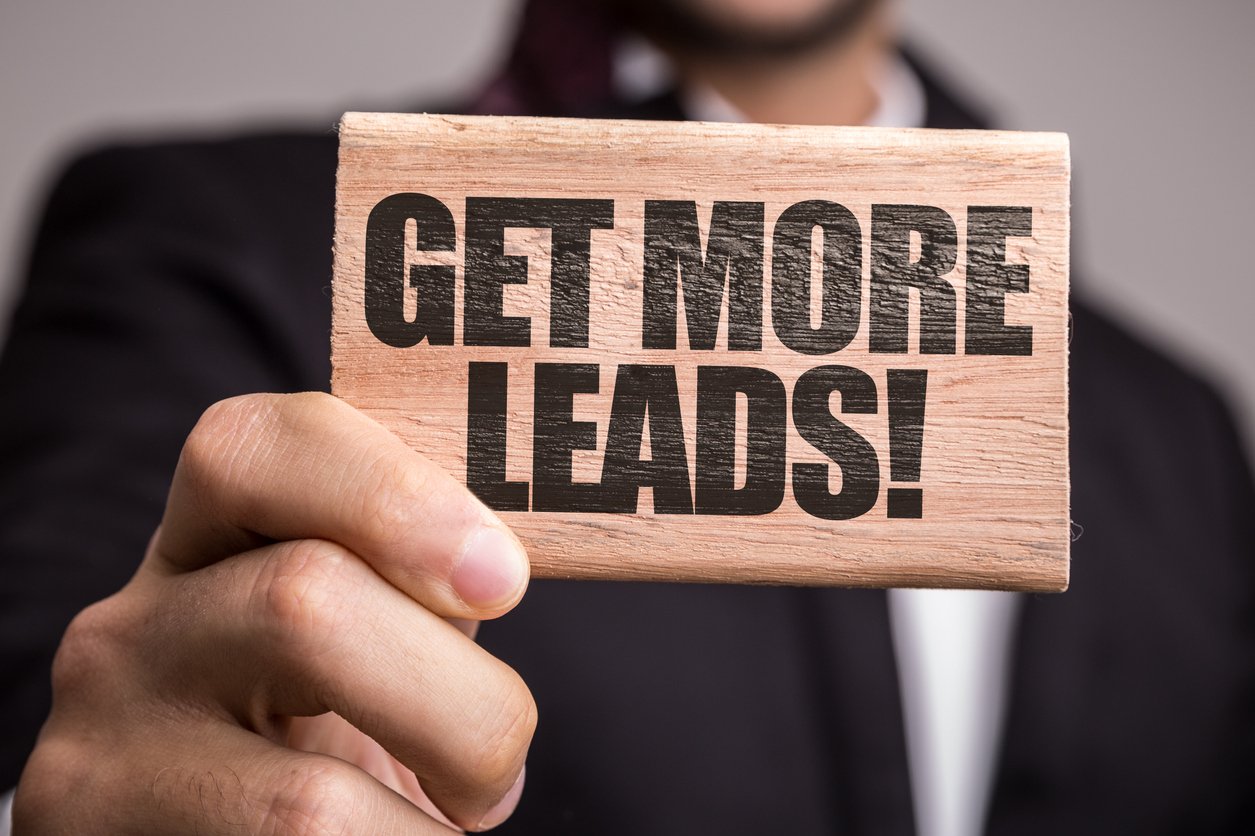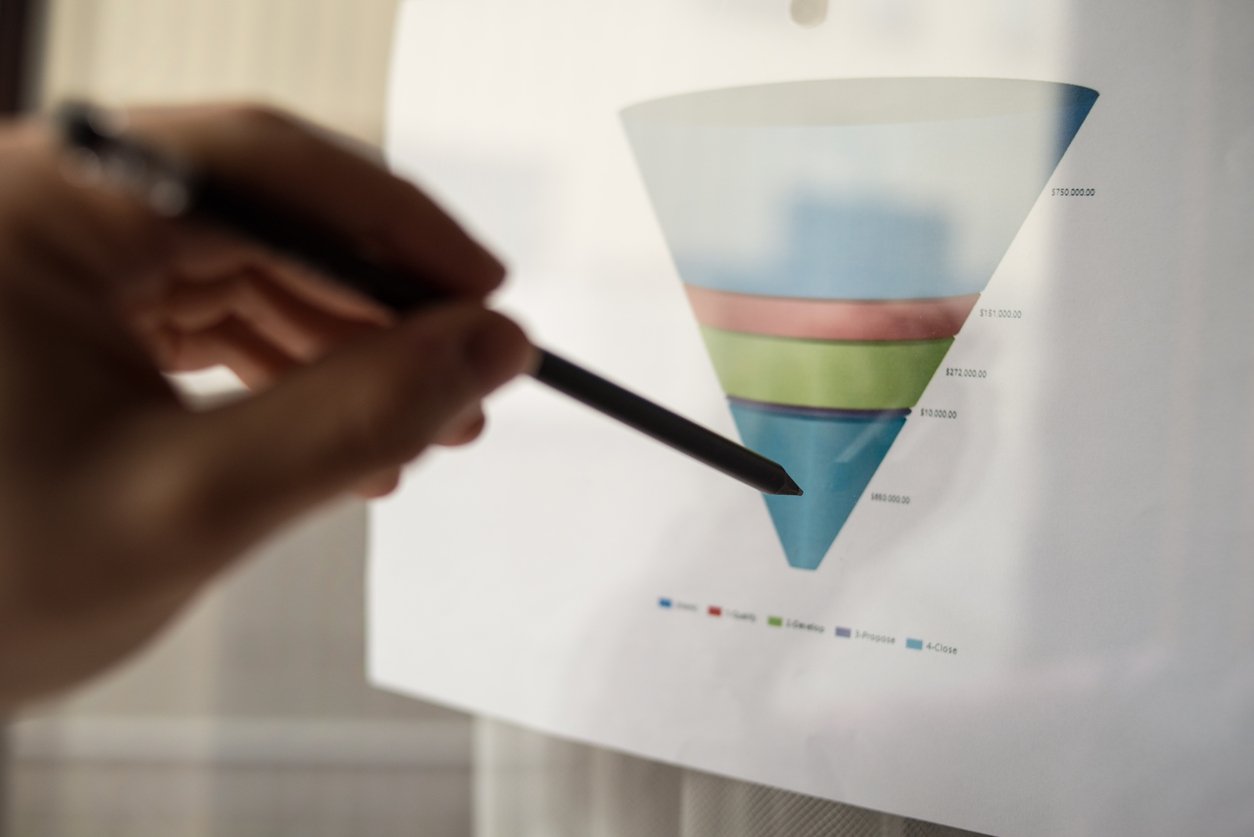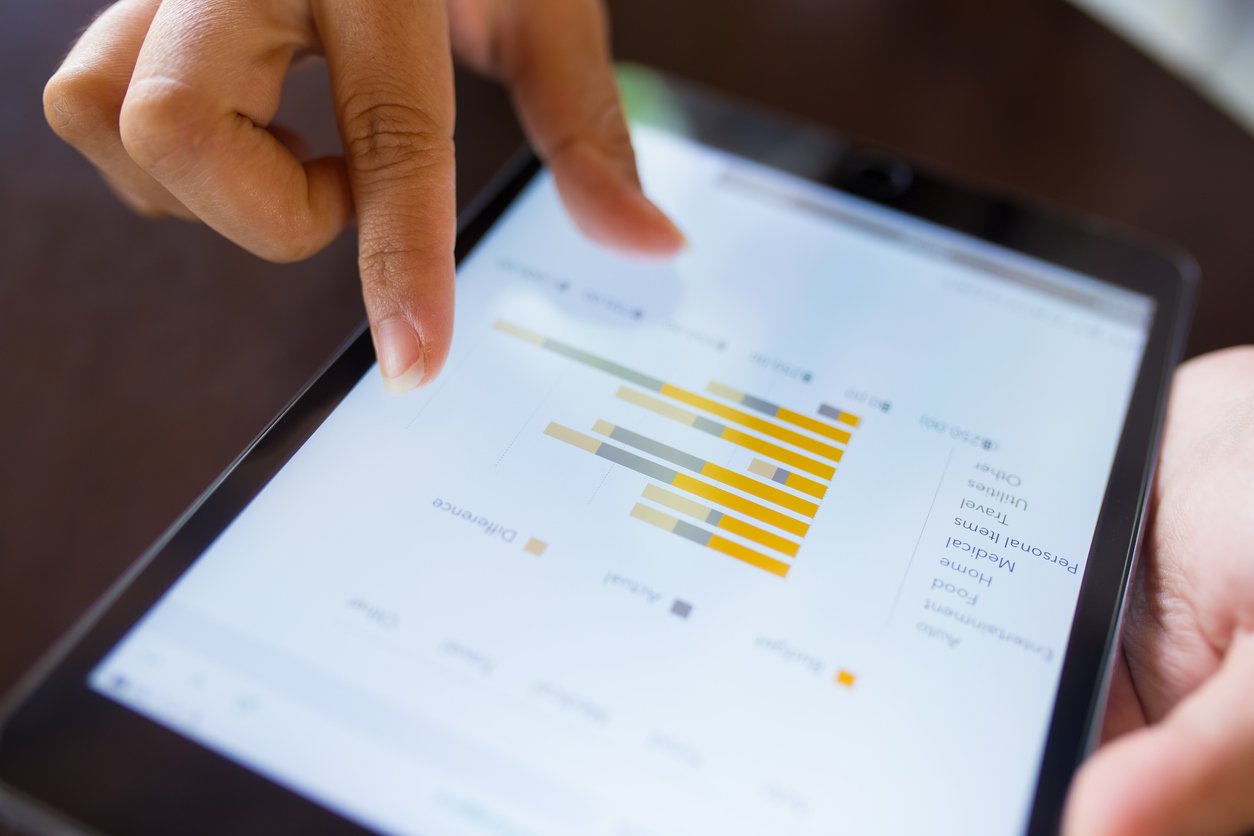
6 Ways to Implement the Most Efficient Sales Cadence Ever
 Updated on
Updated on
 By Robins Dorvil
By Robins Dorvil
Robins Dorvil
With over 7 years of experience in the insurance industry, 4+ years as an Account Executive at Ringy CRM, and 17 years as a Creative Real Estate Inves...
learn more
Robins Dorvil
With over 7 years of experience in the insurance industry, 4+ years as an Account Executive at Ringy CRM, and 17 years as a Creative Real Estate Inves...
Table of Contents
Table of Contents
Let's talk about stories.
Stories typically have five structured parts: the characters, setting, plot, conflict, and resolution.
You start with setting the stage, introducing the characters, and talking about the world. Then you move on to the reason why all these characters and this world are here in the first place. There's usually some sort of conflict to resolve, and when it has been, the story ends.
While most authors want their readers to get lost in their story, without a consistent structure that moves the story forward, it quickly falls flat or becomes so confusing that you put the book down and walk away.
It's the same with sales.
Without a clear path forward, how are you supposed to consistently and effectively engage with prospects and move them through the sales funnel?
That's where a sales cadence comes in.
It's easy to handle a few leads at a time, but the more leads you get, the more you'll need a consistent process to follow to ensure that all your customers get a high-quality experience, every time.
Let's take a deeper look at the importance of an effective sales cadence and dive into some examples and best practices that you can take immediately.
What is a Sales Cadence?
Every touchpoint that you have in place to engage potential customers, including email, social media, and phone, makes up your sales cadence.
It's from these touchpoints that your customers enter into your sales funnel and continue to move through it, eventually landing at a conversion.
A sales cadence consists of:
- Touchpoints to establish contact with a prospect
- Space between those touchpoints (gives prospects a chance to respond, and prevents communications from becoming spammy)
- Content that engages prospects
- A way to monitor and track how prospects are moving through the funnel
For example, with a SaaS company, a prospect signing up for a free trial represents the first step in a sales cadence because that prospect has the chance of becoming a customer. What happens next will determine if they get there or not.
After the customer signs up for the free trial, the next step would be to send them a welcome email. This email often includes information about the app itself and a link for the customer to log in for the first time. Once they do, the prospecting cadence continues with perhaps another email describing a feature of the app, and the next touchpoint could be a direct phone call to the customer.
Remember, the point of a sales cadence is to keep the customer moving logically through the sales process through multiple touchpoints, so keeping the customer engaged through consistent communication is key.
Sales Cadence and Personalization

Sales cadences can be static or situational, depending on the business and the customer. Going off of our SaaS example above, let's say that the second email about the app is tailored to a specific feature that the prospect explored within the software instead of a generic feature. This is a more personalized and targeted approach for that specific prospect, likely resulting in a better chance of them moving forward in your sales funnel.
After all, customers want to be informed before committing to a purchase. Gartner found that customers who found the information they received from suppliers (this was a B2B research study) to be helpful were more likely to experience a high degree of purchase ease (i.e. more confident purchases) and three times more likely than usual to buy a bigger deal with less buyer's remorse.
But if you can incorporate personalization into that mix, even better. According to Research, more than half, about 63% of sales and marketing professionals, say that using marketing personalization leads to higher sales conversion rates and growth.
What this means is that if you can be that information resource for your customer, then that will lead to better sales. Even better, if you can incorporate personalized information into your sales cadence for each prospect, you'll be leading your prospect to the sale quicker and easier.
Types of Sales Cadence
Depending on where a lead is in the sales funnel, how they came in, or what industry they're from, you'll want to mix it up. So let's explore the main types of cadences, plus when and how to use them.
1. Prospecting Cadence
This is your front-line prospecting cadence—ideal for early-stage outreach to cold or lukewarm leads. It's typically spread across 7 to 14 days, with multiple touchpoints: cold email, call, voicemail, maybe even a cheeky LinkedIn follow-up.
Why it matters: Your prospects are busy. You're not being annoying—you're being persistent. And stats back it up: it often takes 8+ touches to land a response from a new prospect.
If you're looking for sales cadence examples that hustle without being spammy, this one's your go-to.
2. Outreach Cadence
The outreach cadence is perfect for mid-funnel leads—those who've already shown some interest, like signing up for a webinar or downloading an eBook but haven't taken the next step.
The tone here is warmer, the timing more intentional. A typical sequence might look like this:
- Day 1: "Thanks for attending!" email
- Day 3: Call to offer a free consultation
- Day 5: Case study email
- Day 8: LinkedIn message or video snippet
It's still structured but adds a touch of relationship-building. One of the best sales cadence best practices is adjusting frequency based on lead temperature, and this cadence nails that.
3. Outbound Sales Cadence
This one's for the hunters. An outbound sales cadence is high-volume, high-frequency, and heavily used by SDRs and sales development teams.
You'll typically see 10–15 touches over 2 weeks, mixing emails, cold calls, voicemails, and social engagement. Think of it as the best offense in your playbook.
It's aggressive—but when executed well (and with relevance), it drives pipeline. If you're looking to scale outreach or need the best outbound sales cadence for net-new lead generation, this is it.
4. Inbound Sales Cadence
An inbound sales cadence is like a warm handshake after someone knocks on your digital door. These are leads who filled out a contact form, booked a demo, or downloaded your content.
Your mission? Respond quickly (within 5 minutes, if possible) and guide them through the buyer journey. A good inbound sales cadence might look like:
- Instant: Welcome email with a thank-you message
- Day 1: Follow-up with a relevant case study
- Day 3: Call to answer questions or offer help
- Day 5: Email with a CTA to book a meeting
This approach focuses on helpfulness, not pressure. It's about building trust—something every sales cadence definition should include.
5. Email Cadence
Sometimes, less is more. A pure email cadence works great for inbound, nurture, or re-engagement campaigns. It's usually automated through your CRM and focused on delivering consistent value over time.
Here are a few email cadence examples:
- Lead Nurture: Weekly insights + a soft CTA
- Free Trial Flow: Usage tips → customer story → upgrade offer
- Re-Engagement: "Still interested?" email → exclusive offer
This cadence is passive, but powerful. It's perfect for staying top of mind without overwhelming your leads.
6. Custom Cadence Based on Persona or Industry
One-size-fits-all doesn't work in sales. A custom cadence tailored to a specific persona or industry can boost engagement dramatically.
For example:
- Insurance agents might respond better to early morning calls and email-heavy sequences.
- Tech startup founders might prefer short, direct emails followed by social messages.
- Enterprise buyers? They may require longer cadences with multiple stakeholders looped in.
Building a customized sales cadence isn't just a nice-to-have—it's one of the smartest ways to align with your buyer's expectations and communication style.
6 Ways to Improve Sales Cadence Efficiency

Not all sales cadences are built for speed or success. If your outreach is sluggish, robotic, or worse, easily ignored, you're leaving revenue on the table. But don't worry—improving your sales cadence efficiency doesn't require a sales ops PhD. Just a few smart tweaks and a willingness to test and iterate.
Let's look at six actionable ways to turn your cadence sales strategy into a lean, lead-closing machine.
1. Personalize the First Touch
The first impression isn't just important—it's everything. Whether you're using a prospecting cadence or a full outbound sales cadence, your first message needs to feel like it was written for that specific person.
Instead of starting with, "Hope this email finds you well," try:
- Mentioning a recent funding announcement
- Calling out a mutual connection
- Tying your value prop to a known pain point in their industry
This kind of personalization boosts open and reply rates by up to 26%, and it sets the tone for the rest of your sales cadence.
2. Mix Communication Channels
Your prospect probably doesn't live in their inbox. So why is your entire email cadence stuck there?
The best sales cadence examples blend communication modes. Think:
- Cold email + follow-up call
- LinkedIn message + voicemail
- SMS reminder after a no-show
This multi-channel outreach cadence keeps you top-of-mind and increases your chances of landing a reply, without seeming spammy. Diversify or die (figuratively, of course).
3. Shorten Time Between Early Touches
Here's one of the most overlooked sales cadence best practices: don't wait too long between early touches.
A 3–5 day gap may feel polite, but in today's fast-moving world, it just means they forgot you exist. Instead, aim for 1–2 day gaps during the first few steps of your outbound or prospecting cadence.
This creates urgency and keeps momentum high, especially critical when you're reaching out cold.
Just don't go full-stalker mode. There's a fine line between "persistent" and "blocked."
4. Use CRM Automation
Manual cadences? No thanks. Sales reps should spend their time selling, not chasing down email templates or logging calls.
Modern CRMs like Ringy make it easy to automate your sales cadence delivery, track calls, schedule follow-ups, and even send SMS at scale. Whether it's an email-only cadence or a multi-touch outreach flow, CRM automation keeps you consistent and frees up time for real conversations.
Bonus: you also get insights into what's working—and what's not.
5. Optimize Timing with A/B Testing
What's the best time to send that follow-up email? Morning or afternoon? Tuesday or Friday? Voice note or text?
The answer: test it. One of the fastest ways to improve sales cadence efficiency is to A/B test variables like:
- Time of day
- Channel type
- Follow-up delay
- CTA phrasing
Even small tweaks can improve response rates. Just make sure you're running clean experiments and tracking results through your CRM or engagement tool.
6. Align Cadence with Lead Source
Someone who downloaded a case study is in a different mindset than a cold prospect you found on LinkedIn.
That's why the best sales cadences are tailored to the lead source. For example:
|
Lead Source |
Recommended Cadence Approach |
|
Inbound |
Fast follow-up, value-driven content (e.g., welcome email → case study → CTA to book a call) |
|
Outbound |
High-frequency, multi-touch outreach (e.g., cold email → call → voicemail → LinkedIn message) |
|
Referrals |
Conversational, lower-pressure follow-ups (e.g., personal email → thank-you call → soft CTA) |
One of the biggest mistakes in cadence sales? Using the same flow for every lead. Instead, let source and intent guide your structure.
Best Outbound Sales Cadence Examples

When it comes to outbound, winging it won't cut it. You need a structured sales cadence that gets attention, builds rapport, and—most importantly—drives replies. Whether you're selling software, insurance, or something in between, a great outbound sales cadence mixes timing, channel variety, and value.
Below are three effective sales cadence examples tailored to different industries and audiences.
Example 1: 7-Day High-Touch Cold Outreach Cadence
This outbound sales cadence is perfect for sales reps who want to make a strong impression fast. It's short, snappy, and multi-channel—ideal for direct outreach to decision-makers who aren't yet familiar with your brand.
Here's the flow:
- Day 1: Cold call + voicemail: Kick things off with a call. If they don't pick up (spoiler: they usually won't), leave a voicemail that piques curiosity.
- Day 2: Follow-up email: Reinforce your voicemail with a personalized email that includes a compelling value hook or pain-point reference.
- Day 3: SMS message: Send a short, respectful SMS: "Hey [First Name], sent you a quick email yesterday—let me know if a quick call this week works!"
- Day 5: LinkedIn connection request: Keep the momentum going with a connection request and a friendly intro message.
- Day 7: Final email with value add: Close the cadence with a helpful resource—case study, checklist, or industry insight. No hard sell—just value.
This best outbound sales cadence works well for lean cycles where you need to cut through the noise fast.
Example 2: 10-Day Outbound Cadence for B2B SaaS
Longer buying cycles need a slower, more strategic touch. This 10-day outbound cadence is designed for B2B SaaS sales teams targeting decision-makers and influencers.
- Day 1: Email + Call: Start strong with a well-crafted email and a follow-up call to reinforce your message. Personalization is key here.
- Day 3: Social touch: Like or comment on a recent LinkedIn post, or send a friendly DM referencing mutual interests or company news.
- Day 5: Email #2: Use this touch to highlight a use case, recent customer win, or relevant ROI stat. Keep it value-heavy, pitch-light.
- Day 7: Call + voicemail: Try calling again. If unanswered, leave a brief voicemail offering to send more details or book a quick 15-minute chat.
- Day 10: Break-up email: End the sequence with a light "no pressure" message. Something like: "Should I close your file or circle back in the future?" You'll be surprised how many replies this triggers.
This cadence strikes a great balance between pressure and professionalism, especially effective when nurturing high-ticket prospects.
Example 3: Insurance Lead Cadence with Ringy
For fast-moving industries like insurance, speed and automation are everything. This insurance lead cadence leverages Ringy's CRM features to respond in real time while keeping human touchpoints where they matter.
Here's how:
- Automated SMS: As soon as a lead opts in, trigger an instant text: "Thanks for your interest, [First Name]! Someone from our team will be in touch shortly."
- Call attempt: Within minutes of that SMS, a rep should attempt a quick call to answer questions and qualify the lead.
- Email drip (over 5 days): Ringy handles the nurturing from here. A series of 2–3 emails go out with educational info, client testimonials, and policy options.
- Ringy's calendar booking link: Every message includes a smart calendar link so leads can book a call when it suits them—zero friction, full convenience.
This cadence works like clockwork, combining automation with strategic timing—ideal for high-volume lead flow and distributed sales teams.
Best Email Cadence Examples
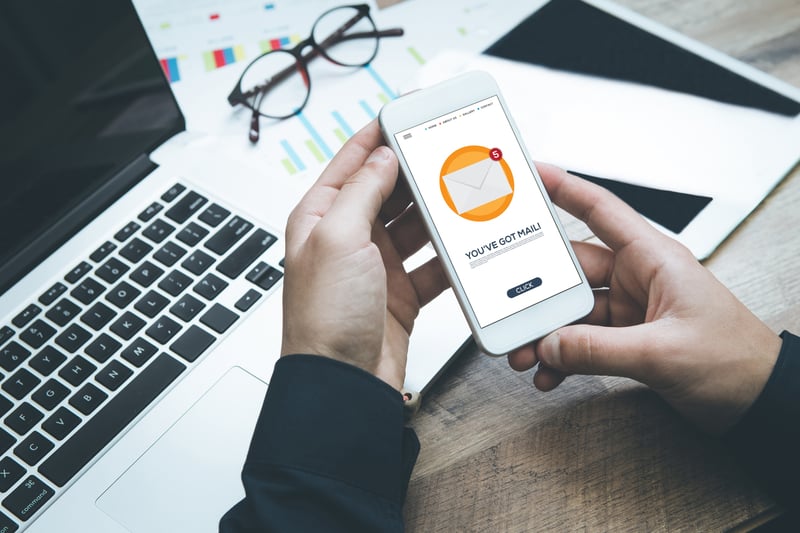
A good email cadence is like a great conversation—it flows naturally, builds trust, and ends with action. Whether you're nurturing inbound leads, chasing cold prospects, or following up after a demo, a structured sales cadence via email helps you stay top-of-mind without becoming inbox noise.
Here are three proven email cadence examples you can plug into your own strategy.
Example 1: 3-Step Nurture Sequence for Inbound Leads
Inbound leads have already raised their hands—now it's your job to guide them from curiosity to conversion. This email cadence works well for content downloads, newsletter sign-ups, or demo requests.
|
Emails |
Description |
|
Email 1: Welcome + value intro |
Send this right away. Thank them for their interest, introduce your solution in simple terms, and highlight one strong benefit. Keep it friendly and informative—no pressure yet. |
|
Email 2: Case study or testimonial |
Send 1–2 days later. Share a relatable customer success story to build trust. Bonus points if you match the persona (e.g., "Here's how [similar company] reduced churn by 37% with our platform"). |
|
Email 3: CTA to book a call |
Now that you've warmed them up, invite them to take the next step. Use a soft CTA like "Curious how this could work for your team?" and drop in a calendar link. |
This email cadence is ideal for inbound sales cadences, keeping your follow-up timely and helpful.
Example 2: Cold Email Cadence for Decision-Makers
Cold outreach is an art, and the inbox is a battlefield. This outbound sales cadence focuses on grabbing attention and sparking interest from time-starved executives.
- Day 1: Personalized intro email: Start with a clear subject line and hit them with relevance fast: mention a pain point, recent company news, or mutual contact. Then connect the dots to your solution in 3–5 punchy sentences.
- Day 3: Reminder email with social proof: Follow up with a brief message referencing your first email. Add credibility with a customer name-drop or stat: "Companies like [X] saw [Y result] after switching."
- Day 6: "Last attempt" with urgency: End the sequence with a respectful break-up message: "If now's not the right time, I'll step back—unless a quick chat still makes sense?" This creates urgency without being pushy.
As you can tell. This email cadence is short, strategic, and great for reaching high-level B2B prospects.
Example 3: Product Demo Follow-Up
Someone watched your product demo? Perfect. But don't just thank them—guide them toward the decision line. This cadence sales follow-up keeps the momentum going.
- Email 1: Summary of key features + link to recording: Send this within 24 hours. Recap the demo's highlights, share a recording, and reiterate how your product solves their unique challenge.
- Email 2: Objection handling + FAQ: Anticipate resistance. Share a brief response to common objections (pricing, integrations, timeline) and include a link to your FAQs or knowledge base.
- Email 3: "What's next?" CTA: End with a strong call to action: book a follow-up call, review pricing, or invite them to bring in a stakeholder. Make the next step obvious and easy.
Sales Cadence Best Practices
A great sales cadence isn't about bombarding your prospects until they break down and reply. It's about timing, relevance, and respect.
Let's walk through what separates effective sales cadences from the ones that land straight in the trash folder.
1. Lead With Value Every Time
Please—no more "Just checking in" emails. That phrase is the "seen-zoned" of sales.
Instead, every touchpoint in your cadence sales strategy should deliver something useful: a tip, a case study, a new resource, or even a relevant stat. Show them you're paying attention and have something worth their time.
2. Keep Messages Short and Clear
In sales, clarity is kindness. Prospects scan—they don't read. Stick to 120 words or fewer. Make your point, highlight the benefit, and offer a clear next step. Whether it's part of your email cadence or a LinkedIn DM, brevity shows respect and increases reply rates.
3. Don't Over-Message
Yes, persistence is important. But so is knowing when to gracefully bow out. Most effective sales cadences fall in the 5–7 touch range. Going beyond 10 touches without engagement? You're no longer "top of mind"—you're spam. Be bold, but not annoying.
4. Always Include a Clear CTA
Every message in your outbound sales cadence should end with a nudge: "Book a quick call?" "Want the full guide?" "Is this even relevant?" No CTA = no clarity = no replies. Help your prospect understand exactly what to do next.
5. Track Open and Response Rates
If you're not measuring, you're guessing. Monitor how each part of your sales cadence performs. Which email gets the most opens? Which day has the best response rate? Tools like Ringy can help you tweak timing, tone, and touch frequency based on real data—not gut feelings.
6. Use Templates but Customize
Templates are time-savers, but don't fall into the copy-paste trap. A good sales cadence template should act like a wireframe—structure in place, details flexible.
Add the prospect's name, reference their industry, or mention a mutual connection to boost personalization and engagement.
7. Audit and Adjust Regularly
A sales cadence is not a "set it and forget it" system. What worked in Q1 may flop in Q3. Review your cadences every 30–60 days. Retire the duds, remix what's working, and keep experimenting with timing, content, and channels to stay ahead of the curve.
Following these sales cadence best practices doesn't just improve your outreach—it respects your prospects' time and intelligence.
Conclusion

The process of creating, refining, and testing sales cadences is not easy, but it's a necessary set of steps in the sales process. The main takeaways from this article include:
- A good sales cadence consists of touchpoints, space between those touchpoints, engaging content, and a way to measure outcomes so you can adjust and improve as needed.
- If you're using multiple methods of communication in your sales cadences, then paying careful attention to how you're using those and in what frequency might mean the difference between making the sale and not. For example, if you email first, call as a follow-up.
- Use data to influence your sales cadence. This prevents subjectiveness and gut feelings from getting in the way. Instead, you can look at what resonates with your customers and adjust your process to match.
- Understand your audience, including what communications they prefer. For example, Millennials typically don't like phone calls, but those from other generations may prefer them.
Interested in taking your sales cadence to the next level? Ringy's Sales CRM helps you manage, attract, and delight your customers. Request a demo with our team today and we'll walk you through how.

Skyrocket your sales with the CRM that does it all.
Calling? Check. SMS? Check. Automation and AI? Check. Effortlessly keep in touch with your customers and boost your revenue without limits.

Take your sales to new heights with Ringy.
Sales in a slump? Ringy gives you the tools and flexibility you need to capture leads, engage with them, and turn them into customers.
Subscribe to Our Blog
Enter your email to get the latest updates sent straight to your inbox!
Categories
Related Articles
















